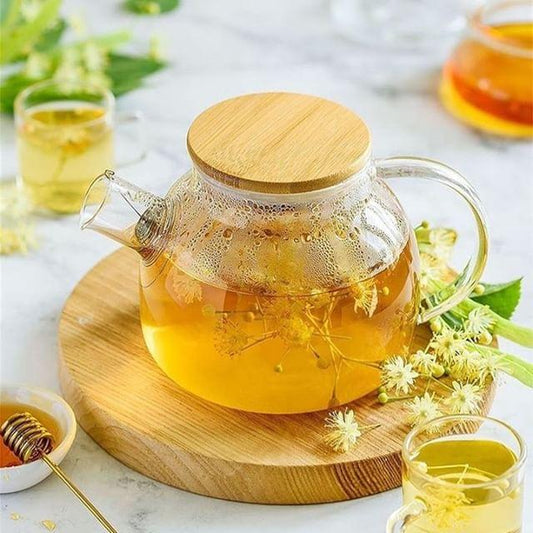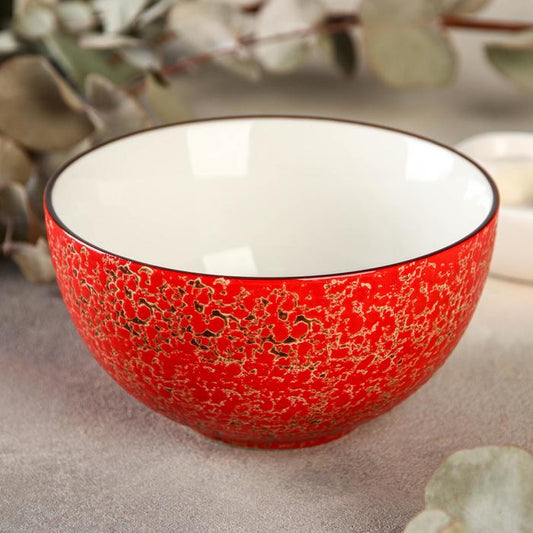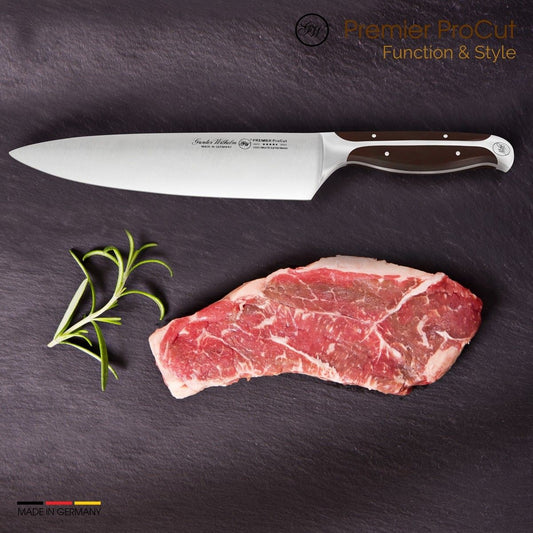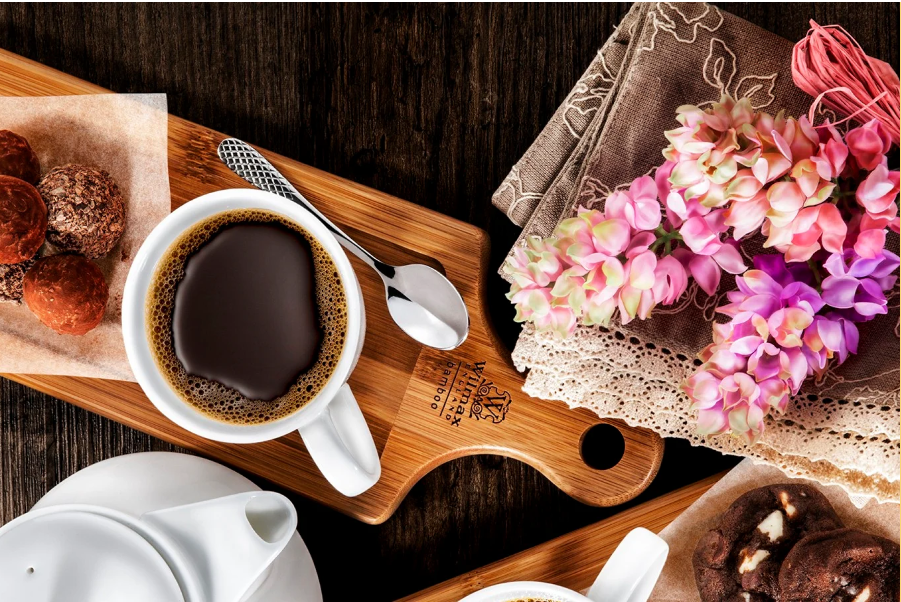Upcycled Snacks: Turning Kitchen Scraps into Gourmet Bites
The next big wave in food innovation isn’t about the newest superfruit or latest fusion cuisine — it’s about what we usually throw away. From carrot peels transformed into crisps to stale bread reborn as savory chips, upcycled snacks are reshaping how chefs, brands, and consumers think about waste. It’s zero-waste dining colliding with snack culture creativity.

The Rise of the Upcycled Food Movement
Globally, an estimated 1.3 billion tons of food is wasted every year. As climate change and sustainability dominate conversations, chefs and entrepreneurs are asking a simple question: What if scraps aren’t waste, but opportunity?
Enter the upcycled snack — bite-sized innovations crafted from surplus ingredients, overlooked produce, or byproducts that would otherwise head to landfills. Think of it as culinary recycling, with a gourmet twist.
From Scraps to Snacks: Creative Examples
- Carrot-top pesto chips — herbaceous greens blended, baked, and seasoned.
- Spent grain crackers — made from leftover barley in beer brewing.
- Potato peel crisps — crispy, golden, and sprinkled with smoked salt.
- Fruit leather from bruised peaches and overripe berries.
- Bread-to-bites — stale baguettes reborn as crunchy spiced croutons.
Snack Culture Meets Sustainability
Snacks have always been about indulgence and convenience, but today’s consumers want their munchies with a side of ethics. Millennials and Gen Z — armed with TikTok, Instagram reels, and eco-conscious buying habits — are driving the trend. For them, a snack that is both Instagrammable and impactful holds irresistible appeal.
As a result, upcycled brands are positioning themselves not only as healthy and sustainable but also as stylish lifestyle products.
Chefs Leading the Way
High-end dining has long flirted with nose-to-tail and root-to-stem philosophies. Now, Michelin-starred chefs are serving gourmet snacks made from scraps as amuse-bouches. A crunchy beet peel chip or a delicate cracker made from vegetable pulp sends a strong message: waste has value.
The Business of Upcycling
The Upcycled Food Association estimates the market for repurposed products will reach billions in the next decade. Brands like ReGrained (granola bars from spent grains) and Renewal Mill (flours from soybean pulp) are proving there’s a hungry market for sustainable snacks.
Grocery chains are also joining in, dedicating shelves to eco-forward snacking and spotlighting upcycled labels as part of their green initiatives.
Why It Matters
Upcycled snacks sit at the crossroads of climate action, culinary innovation, and consumer delight. They tackle the massive issue of food waste while offering chefs and brands a chance to flex their creativity. More importantly, they invite eaters into a circular food system — one bite at a time.
The future of snacking is not just about taste — it’s about conscience. Next time you crunch on a chip, it might just be saving the planet.
Share:





